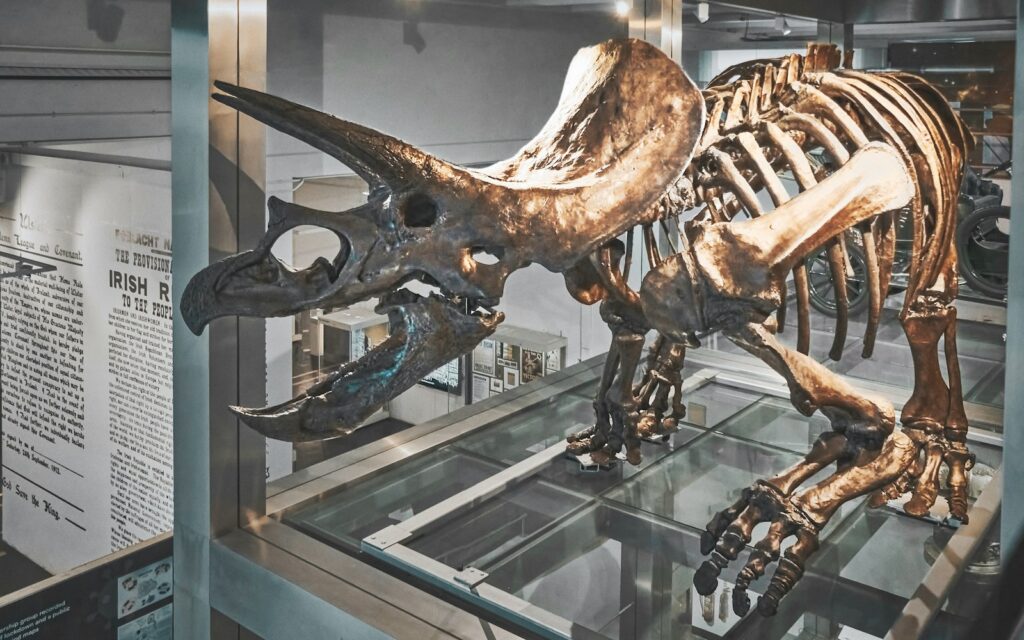Deep within the layers of Earth’s history lies a prehistoric treasure that has revolutionized our understanding of dinosaur evolution. The oldest known dinosaur fossil, dating back over 230 million years, provides a crucial glimpse into the dawn of these magnificent creatures that would go on to dominate our planet for over 165 million years.
This ancient specimen, discovered after centuries of paleontological exploration, has helped scientists piece together the early chapters of dinosaur development during the Triassic period. The remarkable preservation of this fossil across such an immense timespan represents not just a scientific milestone but a tangible connection to Earth’s distant past when dinosaurs were just beginning their evolutionary journey.
The Discovery of Nyasasaurus Parringtoni
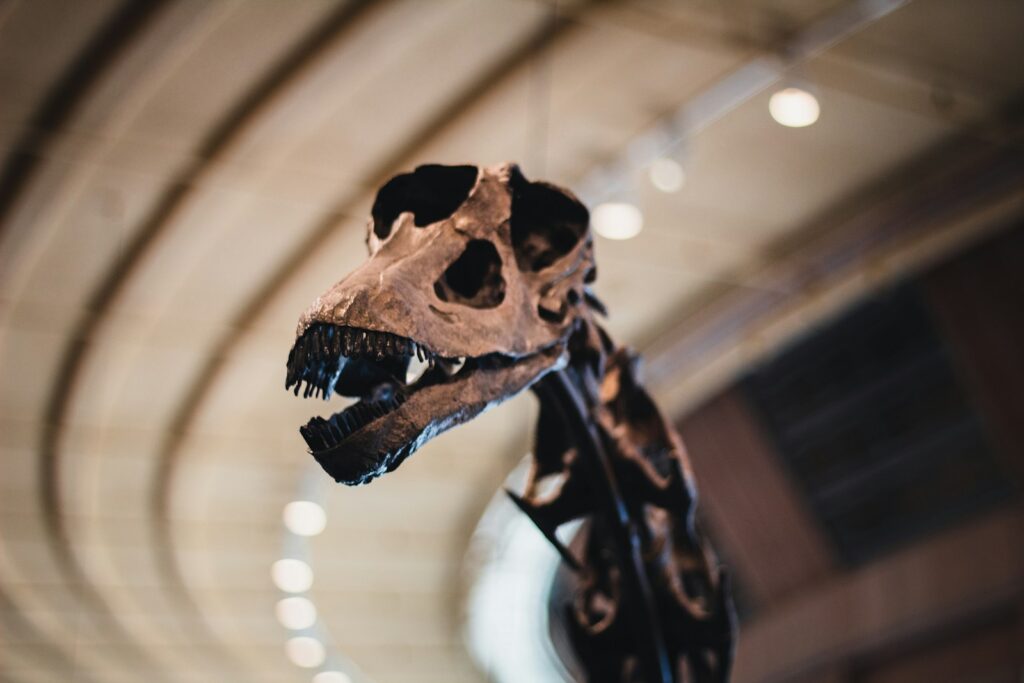
The oldest currently recognized dinosaur fossil belongs to Nyasasaurus parringtoni, discovered in Tanzania’s Manda Beds formation. The fossil material was actually collected during the 1930s by Francis Rex Parrington, a Cambridge University paleontologist conducting fieldwork in the region. However, the true significance of this specimen wasn’t recognized until much later.
In 2012, a comprehensive study published in Biology Letters by Sterling Nesbitt and colleagues finally identified these fossils as potentially representing the earliest known dinosaur. The discovery consisted of a partial humerus (upper arm bone) and several vertebrae, which, despite their fragmentary nature, contained crucial anatomical clues that placed this animal at the very dawn of dinosaur evolution.
Dating the Ancient Remains
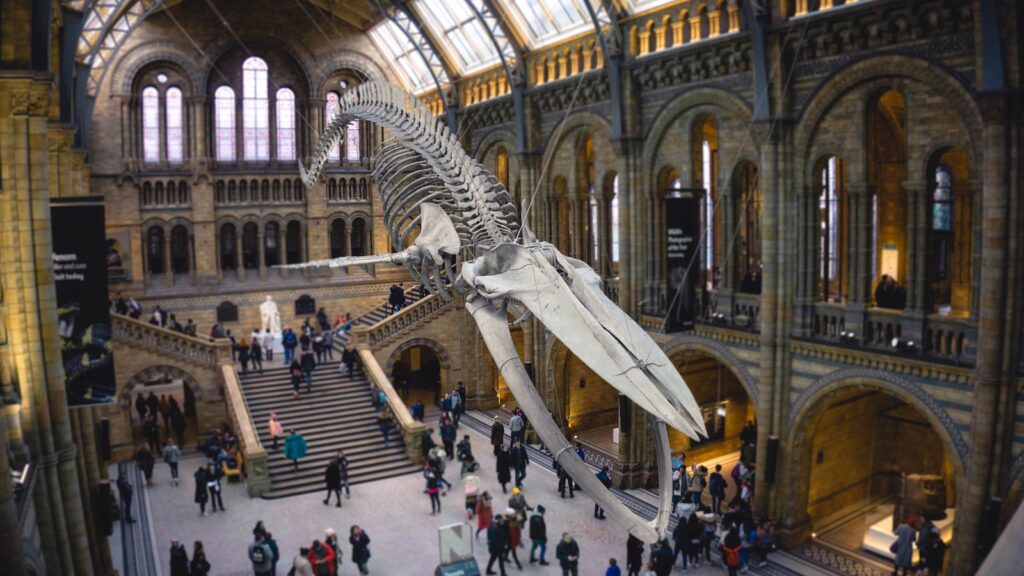
Establishing the precise age of Nyasasaurus was a scientific challenge that required multiple dating techniques. Scientists determined that the fossils resided in rock layers from the Middle Triassic period, specifically around 243 million years ago, making it approximately 10-15 million years older than the previously accepted earliest dinosaurs.
This dating process involved analyzing the surrounding rock layers and identifying index fossils—specific organisms known to have existed during particular geological periods. Radiometric dating techniques provided additional confirmation of the extraordinary age of these remains. The meticulous dating process was essential as it pushed back the timeline of dinosaur evolution significantly, suggesting these creatures emerged earlier than scientists had previously thought.
Anatomical Clues and Classification Challenges
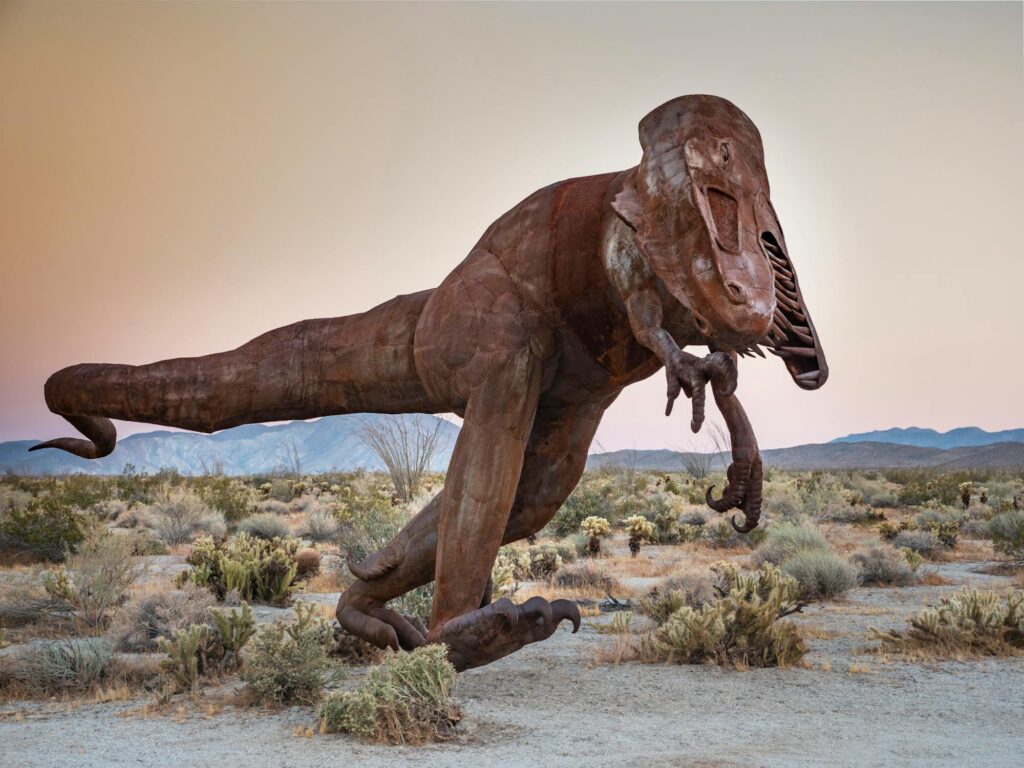
Determining whether Nyasasaurus was indeed a dinosaur required detailed anatomical analysis of the limited fossil material available. The humerus showed a distinctive elongated crest for muscle attachment—a feature typical of early dinosaurs. Additionally, the vertebrae displayed specific hollowing characteristics consistent with dinosaurian anatomy.
However, due to the fragmentary nature of the remains, some scientists maintain that Nyasasaurus might represent a very close dinosaur relative rather than a true dinosaur. This taxonomic uncertainty has placed Nyasasaurus at the center of ongoing scientific debate. The fossil exists in what paleontologists call the “grey area” of classification, demonstrating how challenging it can be to precisely categorize creatures from the earliest stages of an evolutionary transition.
Life During the Middle Triassic Period

When Nyasasaurus roamed the Earth approximately 243 million years ago, our planet looked dramatically different than it does today. The supercontinent Pangaea dominated the landscape, with no separate continents as we know them now. The climate was generally warm and relatively dry, with distinct wet and dry seasons characterizing many regions.
The Middle Triassic ecosystem featured a diverse array of reptiles, including early crocodile relatives, various archosaurs, and the ancestors of mammals. Plant life consisted primarily of ferns, cycads, ginkgoes, and conifers, forming a world vastly different from modern environments. This period represented a critical recovery and diversification phase following the devastating Permian-Triassic extinction event that had wiped out approximately 95% of marine species and 70% of terrestrial vertebrate species just a few million years earlier.
Size and Physical Characteristics

Based on the limited fossil evidence available, scientists estimate that Nyasasaurus was relatively small compared to later dinosaurs, likely measuring between 2 to 3 meters (7 to 10 feet) in length. This modest size is consistent with the hypothesis that early dinosaurs began as relatively small animals before evolving into the giants that would later dominate the Jurassic and Cretaceous periods.
The creature likely walked on two legs, placing it among the bipedal archosaurs that characterized early dinosaur evolution. Its lightweight build and potentially rapid growth rate—inferred from bone histology studies—suggest it was an active, perhaps even warm-blooded animal. These physical characteristics represent the earliest recognizable dinosaurian traits that would become more pronounced in later species, offering a window into how dinosaur anatomy first developed.
The Significance of Evolutionary Theory
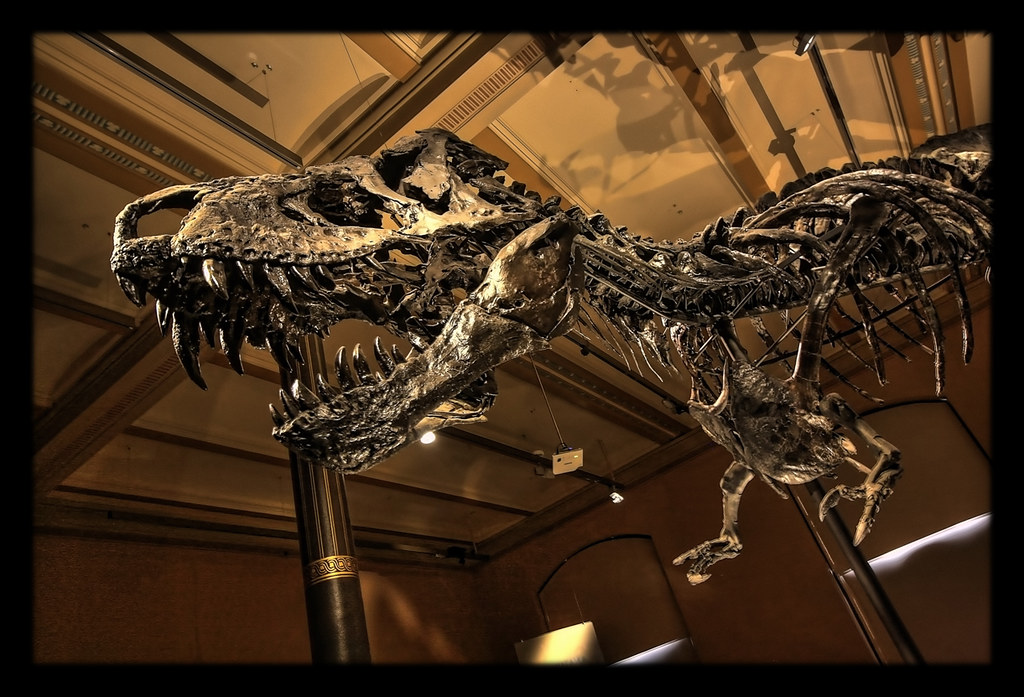
Nyasasaurus has profound implications for our understanding of dinosaur evolution, suggesting that dinosaurs emerged earlier and possibly more gradually than previously thought. This finding challenges the traditional view that dinosaurs appeared suddenly and rapidly diversified. Instead, it indicates a longer, more complex evolutionary history with dinosaurs and dinosaur-like reptiles coexisting for millions of years during the Triassic period.
The early appearance of dinosaurian features in Nyasasaurus demonstrates how evolution often works through a mosaic pattern, where characteristic traits emerge gradually rather than simultaneously. This evolutionary perspective helps scientists understand not just when dinosaurs appeared but the precise sequence of anatomical changes that led from earlier reptiles to true dinosaurs, filling a crucial gap in the fossil record.
Competing Claims for the Title
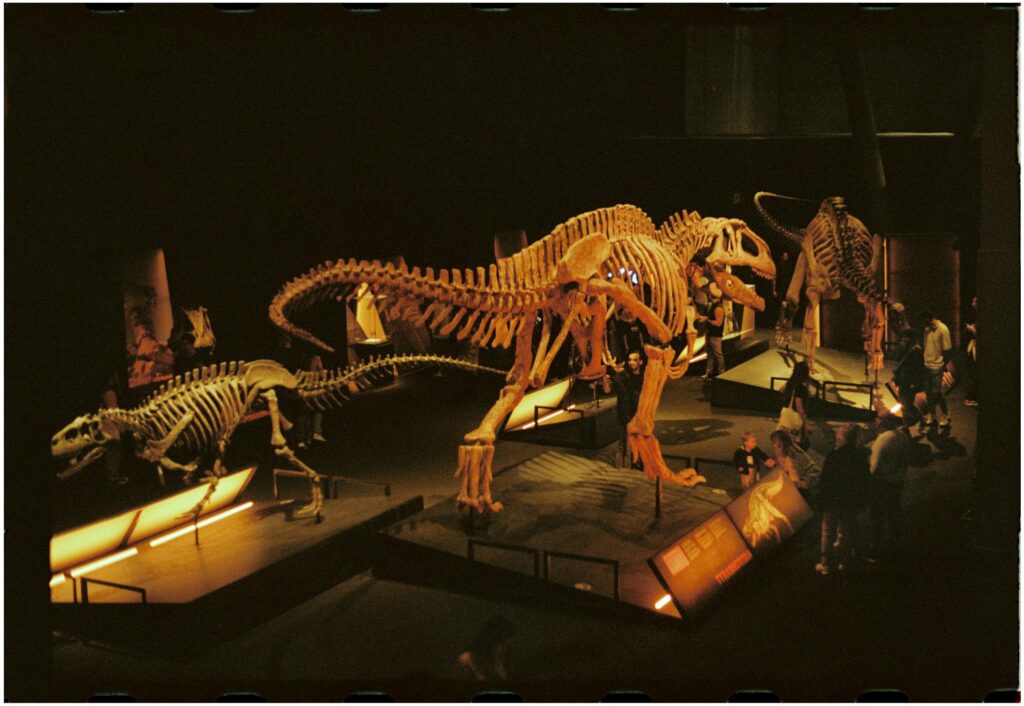
The designation of Nyasasaurus as the oldest dinosaur is not without scientific competition. Other contenders have emerged over the years, including Asilisaurus, another Tanzanian fossil from slightly older rocks, though most scientists classify it as a silesaurid—a close dinosaur relative rather than a true dinosaur. Eoraptor and Herrerasaurus from Argentina, dating to approximately 231-233 million years ago, represent more complete early dinosaur specimens but are younger than Nyasasaurus.
More recently, Brazilian paleontologists have proposed that certain footprints discovered in rock formations might represent dinosaurs from an even earlier period, although footprint evidence alone cannot definitively establish the exact identity of the track-maker. This scientific competition illustrates the dynamic nature of paleontology, where new discoveries and reanalysis of existing fossils continually refine our understanding of prehistoric life.
Challenges of Studying Fragmentary Fossils

The study of Nyasasaurus highlights the extraordinary challenges paleontologists face when working with incomplete fossil material. With only a few bones available for examination, scientists must rely on subtle anatomical details and comparative analysis with better-known species to draw conclusions. Advanced imaging techniques like micro-CT scanning have become essential tools, allowing researchers to examine internal bone structure without damaging the precious specimens.
Statistical methods help quantify the likelihood of certain evolutionary relationships based on the limited available data. Despite these sophisticated approaches, the fragmentary nature of many early dinosaur fossils means that classifications remain provisional and subject to revision as new evidence emerges. This scientific uncertainty is not a weakness but rather reflects the rigorous, self-correcting nature of paleontological research.
Preservation Across Millions of Years
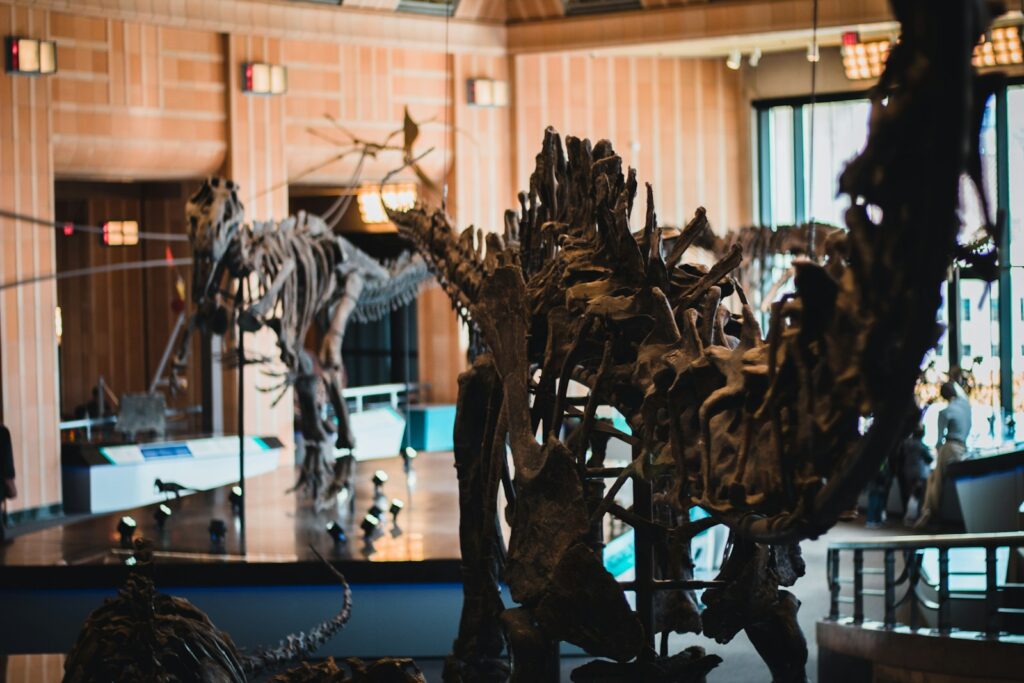
The survival of the Nyasasaurus fossil across 243 million years represents a remarkable sequence of fortunate geological circumstances. For fossilization to occur, the animal’s remains needed to be buried quickly after death, typically in sediment at the bottom of a body of water where oxygen levels were low enough to prevent complete decomposition.
Over millions of years, minerals gradually replaced the original bone material through a process called permineralization, creating the fossilized remains we study today. The rocks containing these fossils then needed to avoid the destructive forces of erosion, metamorphism, and tectonic activity that have destroyed countless other potential fossils.
Finally, geological processes needed to expose these ancient layers at the Earth’s surface where paleontologists could discover them. This extraordinary preservation chain makes every ancient fossil a rare window into prehistoric life.
Modern Technologies Revealing Ancient Secrets
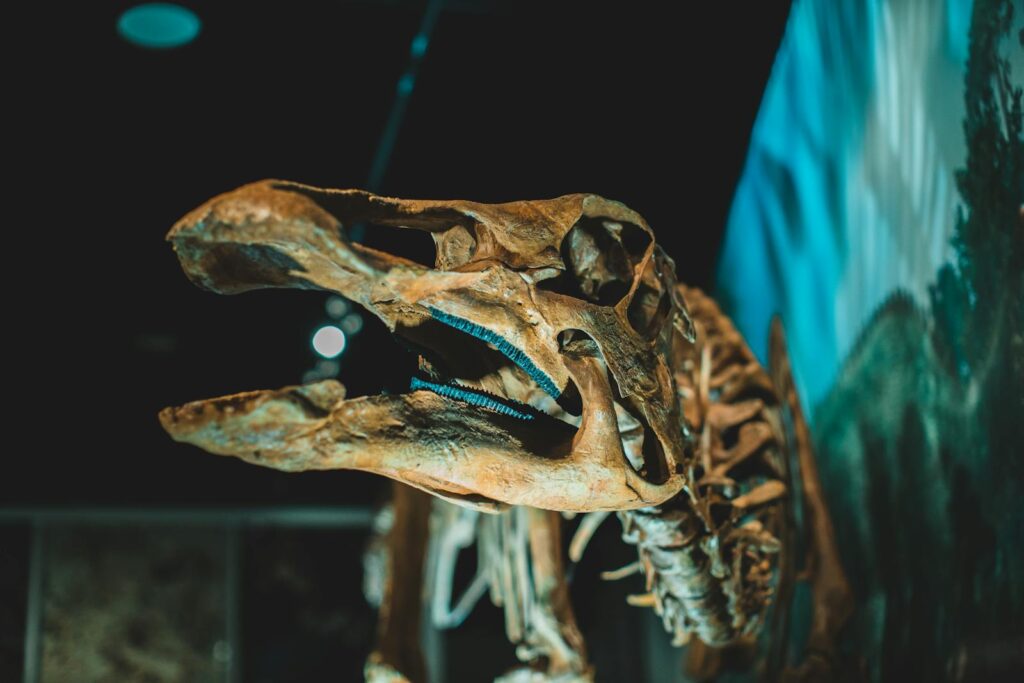
Advanced scientific techniques have revolutionized the study of ancient fossils like Nyasasaurus, extracting unprecedented information from these prehistoric remains. Scanning electron microscopy allows scientists to examine microscopic surface features that can reveal details about the animal’s growth and physiology. Geochemical analysis of the fossil and surrounding rock provides insights into the ancient environment and potentially even the dinosaur’s diet.
Comparative genomics, while not directly applicable to creatures this ancient, helps scientists understand evolutionary relationships through analysis of modern descendants—birds. Computer modeling techniques can generate hypotheses about how the complete animal might have looked and moved based on the partial remains and comparisons with related species. These technological advances continue to extract new knowledge from fossils that have been known to science for decades.
Tanzania’s Importance in Dinosaur Paleontology

Tanzania has emerged as a crucial location for understanding early dinosaur evolution, with the Manda Beds formation yielding numerous significant fossils beyond just Nyasasaurus. The country’s geological history, featuring well-preserved Triassic and Jurassic sedimentary layers, makes it ideal for studying transitional periods in dinosaur development.
Expeditions in Tanzania have also uncovered important fossils of other ancient reptiles that lived alongside early dinosaurs, providing context for the ecosystems in which dinosaurs first evolved. The remarkable preservation conditions in certain Tanzanian formations allow for exceptional fossil quality, sometimes preserving soft tissues and other delicate structures normally lost to time
Tanzanian paleontological sites continue to be actively studied today, with international research teams collaborating with local scientists in search of new discoveries that might further push back the origins of dinosaurs or clarify evolutionary relationships among early species.
Future Directions in Early Dinosaur Research
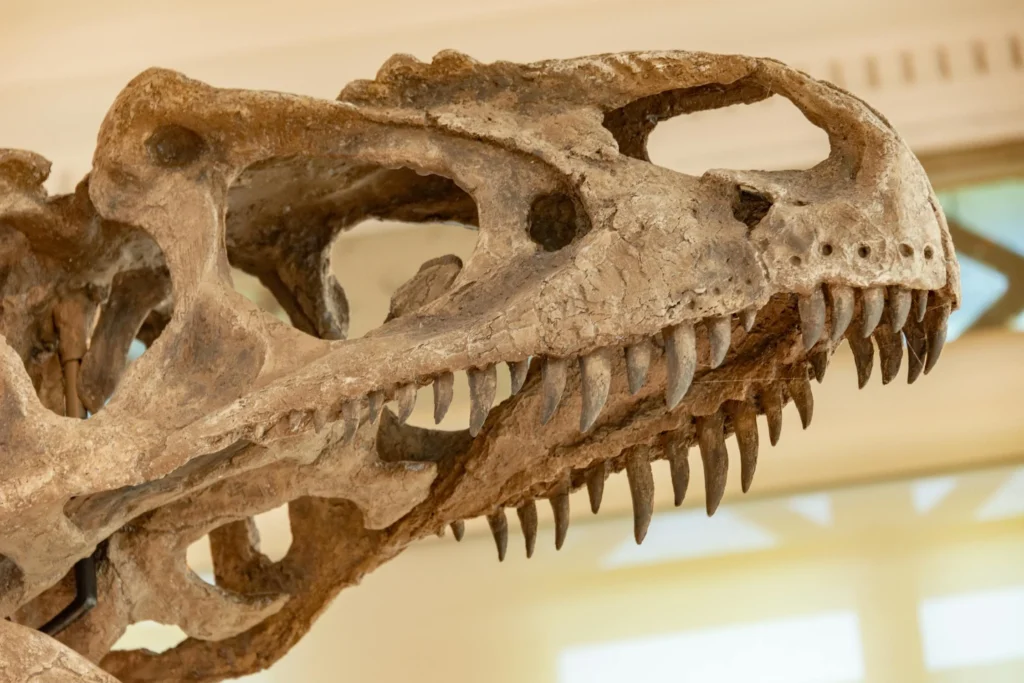
The search for even older dinosaur fossils continues to drive paleontological expeditions worldwide, focusing on Middle Triassic and potentially even Early Triassic rock formations. Scientists are particularly interested in the transitional forms between early archosaurs and true dinosaurs, hoping to document the precise sequence of evolutionary changes.
New analytical techniques being developed may allow researchers to extract more information from existing museum collections, potentially identifying overlooked early dinosaur specimens. Molecular paleontology, though challenging for specimens this ancient, offers tantalizing possibilities for recovering biochemical information from exceptionally preserved fossils.
Computational approaches to evolutionary biology are helping scientists model the most likely evolutionary pathways, generating testable hypotheses about what even earlier dinosaurs might have looked like and where their fossils might be found. These multidisciplinary approaches promise to continually refine our understanding of when and how dinosaurs first appeared on Earth.
Conclusion

The discovery and analysis of Nyasasaurus parringtoni represents far more than just identifying the oldest known dinosaur fossil. It provides a crucial anchor point for understanding the entire timeline of dinosaur evolution, forcing scientists to reconsider long-held assumptions about when and how these remarkable animals first emerged.
As paleontological techniques continue to advance and new fossils are discovered, our picture of early dinosaur evolution will undoubtedly become clearer. Yet the 243-million-year-old remains of Nyasasaurus will likely maintain their significance as the fossil that first pushed back the dawn of dinosaurs, connecting us to a world almost unimaginably distant in time, when the first dinosaurs took their initial evolutionary steps toward becoming one of Earth’s most successful groups of animals.

